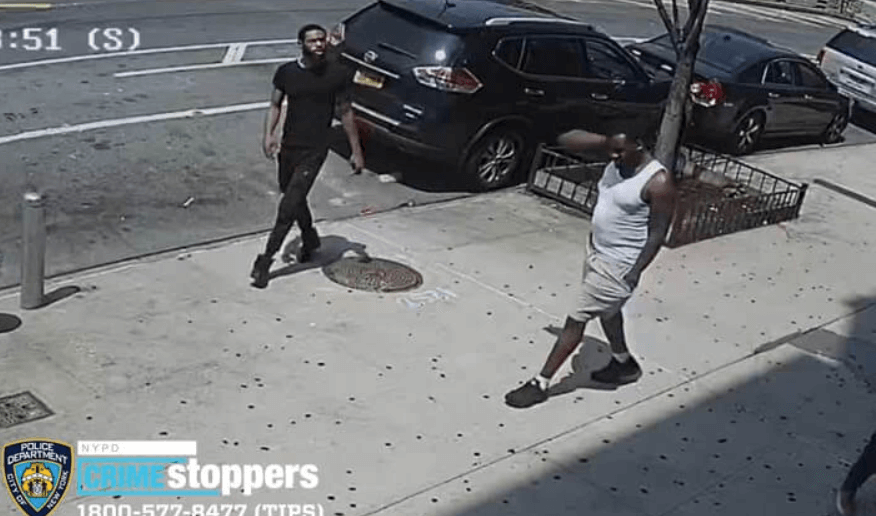

MTA has agreed to sublease 35,000 square feet, or about 45 percent of the project’s commercial space. Last month, Mayor Antonio Villaraigosa signed off on a $14.6 million city loan to help finance the commercial portion, on the condition that at least 50 percent of it had to be preleased.Īt least for now, that shouldn’t be a problem for the developers. The deal, however, isn’t expected to close until next month. To come up with the balance, the developers are negotiating with Canyon Capital Advisors LLC for an undisclosed amount. The commercial component has estimated costs of $57.2 million, and the developer has secured all but $26 million in funding from a loan from the city of Los Angeles and New Market Tax Credits, a federal program created to revitalize blighted areas. Department of Housing and Urban Development tax-exempt bonds, and loans from the Los Angeles Community Redevelopment Agency and the city’s Housing Department. The residential component is the largest and estimated to cost $91.5 million. The project is broken into two components: commercial and residential.

It now pays roughly $525,000 annually to the MTA, and has spent well over $1 million in rent since it first signed a lease in 2008.ĭespite having all the entitlements and ground lease in place, the developers face another hurdle: financing. The project site is also one of three locations being evaluated by MTA as the site for a subway stop if the Red Line is extended the land is owned by MTA.Įarlier this year, One Santa Fe renegotiated its ground lease for 81 years on the property. The bottom floor will include retail, an art gallery, a multi-use theater and a garden. According to the company’s website, the Santa Fe project will have an outdoor terrace that provides views of downtown and the river about 30 feet above street level. It has been designed by Michael Maltzan Architecture in Los Angeles, which designed the modern pinwheel-shaped New Carver Apartments south of downtown as well as the Playa Vista Park project. There would be public outdoor space of nearly 50,000 square feet. It will include 79,000 square feet of office and retail space, about 15,000 square feet of which would be used by a grocery. Pricing for the units hasn’t been revealed, but the developers have spoken with Sci-Arc about cooperating for student housing. The units will range from studios to two-bedroom, two-bathroom townhomes. The project would provide 438 apartments, 20 percent of which must be affordable units aimed at low- and moderate-income renters. It’s in the heart of the Arts District, an industrial area that has slowly been renovated into artists’ lofts as industrial buildings have been renovated into housing and retail and office space. One Santa Fe is situated on a three-block-long parking lot owned by the Metropolitan Transportation Authority at the Santa Fe Yards depot, next to the Los Angeles River. “The One Santa Fe development … would help to spur on migration to the area and redevelopment of the industrial buildings,” Maharajh said. No member of the development team returned calls for comment.īut the developers have picked a good time and place for the project, if they can get it going, according to Transwestern senior research analyst Arty Maharajh. and Goldman Sach’s Urban Investment Group, has been trying for six years to get the project off the ground, but the poor economy has thus far stalled it. The development team, composed of Beverly Hills’ McGregor Co., Polis Builders Ltd. Santa Fe Ave., would bring apartments as well as office and retail space to the area, with the potential to become the site of a subway stop for an extended Metro Red Line. “We are on a dead-end leg and transportation all goes past us.” “We think the development would be a great addition and offsets our needs for student housing,” said Jerry Neuman, chairman of the Sci-Arc board of trustees.


 0 kommentar(er)
0 kommentar(er)
